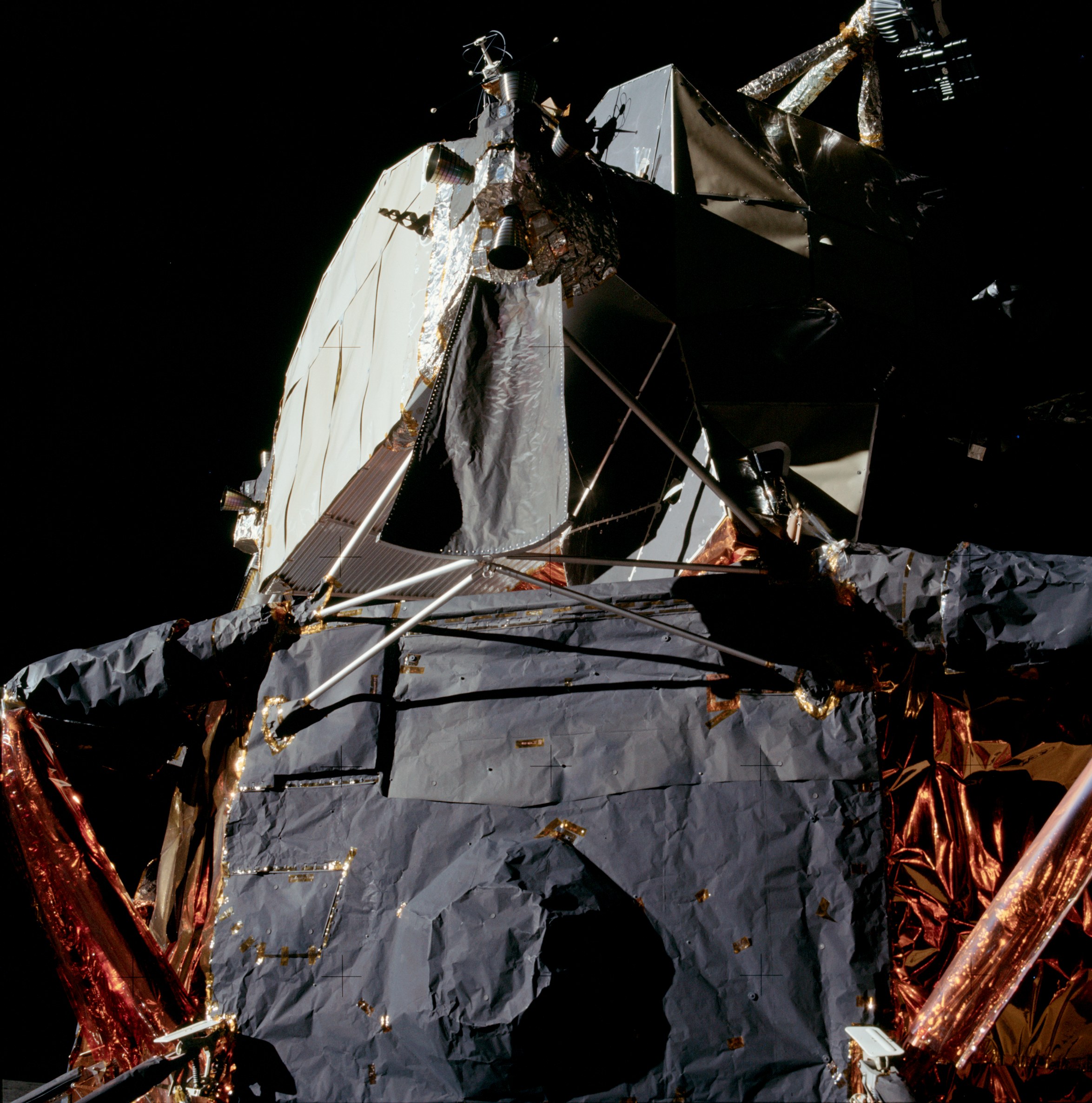

the details of how you were going to actually go out to the moon and return were undecided, even up to the point where the contract was let for the Command and Service modules."Īs the studies progressed, three approaches to landing and retrieving men from the moon were proposed: a direct ascent, an Earth orbit rendezvous, and a lunar orbit rendezvous.

Kelly, who served as the engineering manager and eventually deputy program manager for the Lunar Module Program at Grumman recalled, "When the original idea of going to the moon was conceived, NASA hadn't really pinned down exactly how they were going to go to the moon. When interviewed for a documentary marking the 20th anniversary of the lunar landing, Thomas J. Studies on manned space flight were now being conducted in earnest at Grumman. "I believe that this nation should commit itself to achieving the goal, before the decade is out, of landing a man on the moon and returning him safely to Earth." In a speech before Congress on May 25, President Kennedy announced his vision of the finish line to that race: "I believe that this nation should commit itself to achieving the goal, before the decade is out, of landing a man on the moon and returning him safely to Earth." With the successful recovery of Shepard and his capsule from the Atlantic Ocean, the United States entered what would become known as the space race. Unlike the Soviets, the United States allowed the world to watch Shepard's flight. Shortly after Gagarin's flight, the United States put its first man in space on May 5, 1961.Īlthough suborbital and not much more that a rocket enhanced toss of 116 miles, Alan Shepard's brief sojourn had a tremendous emotional impact. Several weeks later the Soviet Union again raised the stakes when it put the first human in earth orbit, Cosmonaut Yuri Gagarin. While not ready to extend the existing space program through to the planned successor, the Apollo program, President Kennedy did approve development of a larger booster rocket, the Saturn. Kennedy, saw Russian missile advances as a direct challenge. In 1961, the newly inaugurated president, John F. It was somebody else’s, and I couldn’t understand how they could do that and we could not, or had not." In the words of one of those early Grumman engineers, “When the Sputnik came along, it just gave impetus to what we were doing…It was like being able to give the government a prod to do what you thought they should be doing all along." John Coursen, then Grumman Lunar Module program manager, recalls "It came up over the horizon exactly as scheduled, and absolutely amazed me…and it made me feel bad inside because it wasn’t ours. The space race had taken on a new and much darker visage. The launch not only showed Russia’s ability to launch spacecraft, it meant that they had boosters strong enough to launch intercontinental ballistic missiles. In 1957 most Americans considered Russia to be “technologically challenged” or living in a technical Stone Age. Imagewise, Sputnik spelled disaster for the U.S. The Sputnik launch created shock waves in the United States. Sputnik shocked the world, giving the USSR the distinction of putting the first human-made object into space and putting the United States a step behind in the space race. The Sputnik 1 (PS-1) satellite is shown here on a rigging truck in the assembly shop in the fall of 1957 as a technician puts finishing touches on it. Nearly 22 hours later, the LM returned Aldrin and Armstrong to the Apollo 11 Command Module where they rejoined pilot Michael Collins for the long ride back to Earth.

"One small step for man, one giant leap for mankind,"īecame the first person to set foot on the moon. In the late hours of July 20, 1969, with millions tuned in worldwide via television or radio, Neil Armstrong slowly descended the LM boarding ladder and, with the now famous words, "One small step for man, one giant leap for mankind," put a man on the moon before the end of the decade, LM pilot Edwin "Buzz" Aldrin and mission commander Neil Armstrong gently landed the Apollo 11 Lunar Module (LM) Eagle on the lunar surface. Seemingly in response to President Kennedy’s challenge that the U.S. The Eagle has landed." These words were the capstone on the United States’ manned space program. At the end of a tumultuous decade that had begun in Camelot and was ending in a quagmire called Vietnam, three men, thousands of miles from home, were poised on the threshold of history.

Astronaut Edwin E Aldrin Jr, Lunar Module LM pilot, climbs down the LM ladder, preparing for his first steps on the moon.


 0 kommentar(er)
0 kommentar(er)
